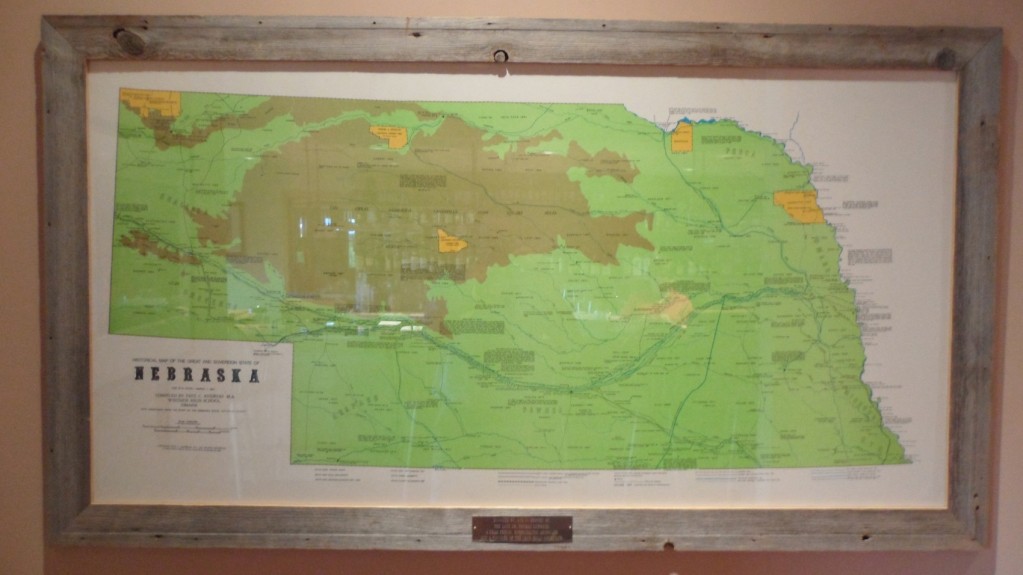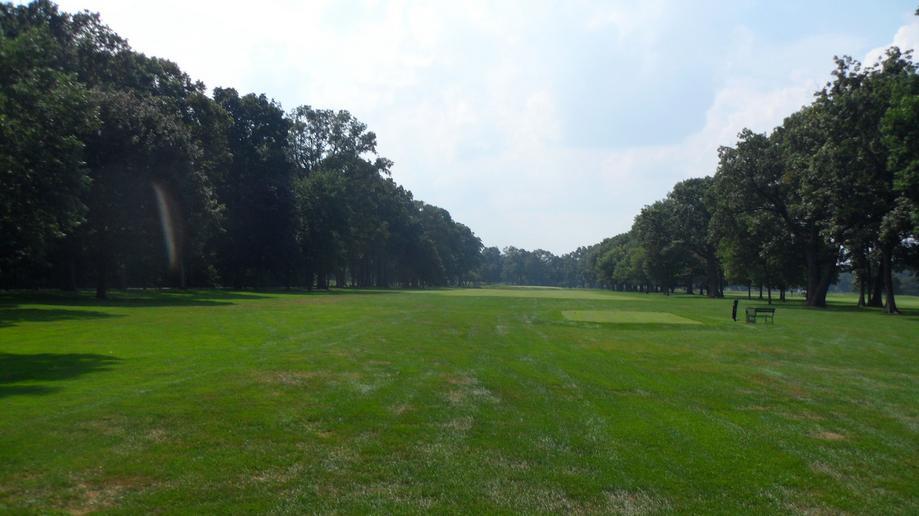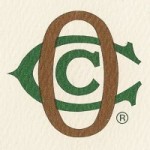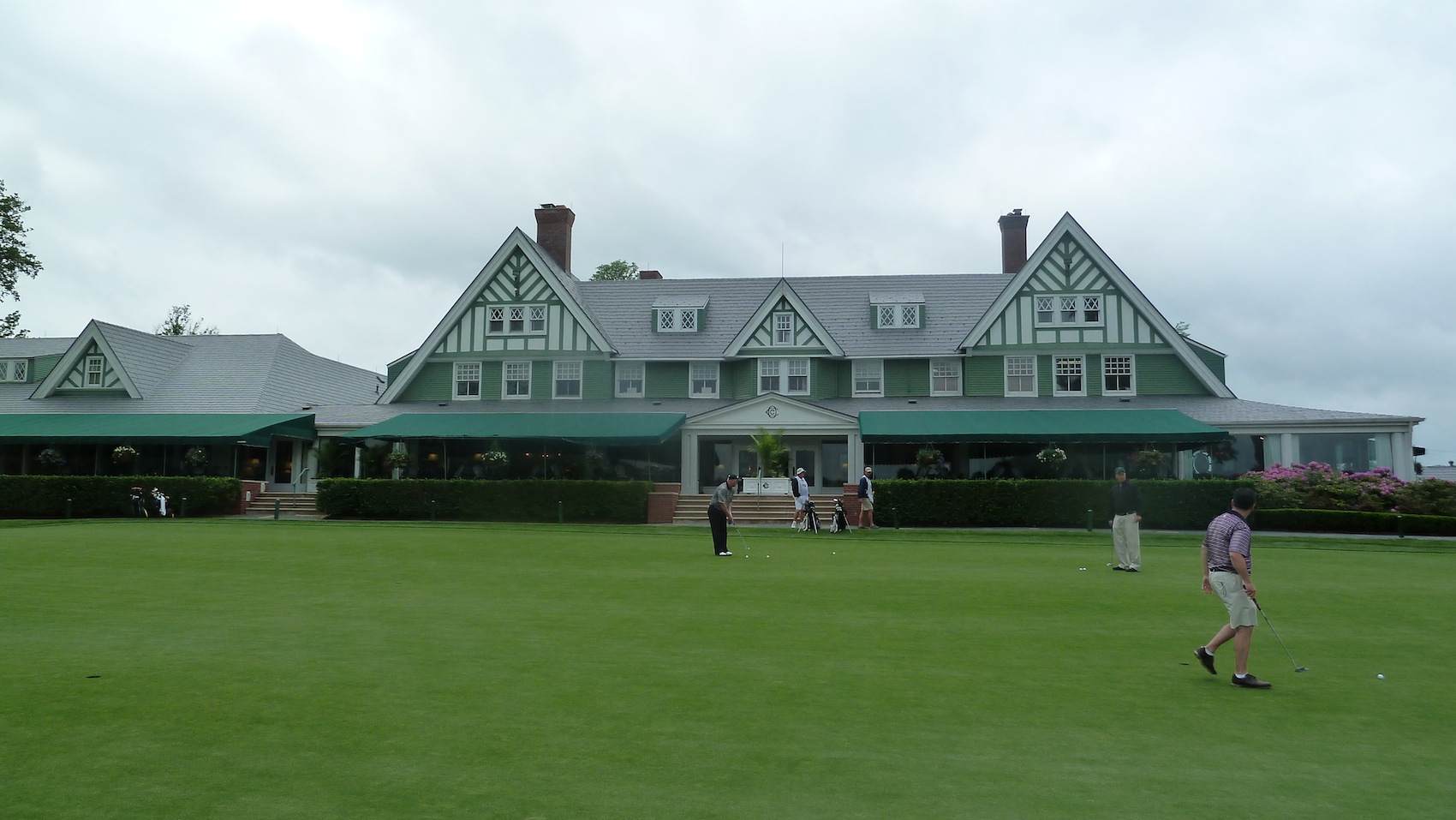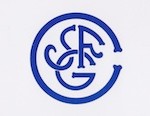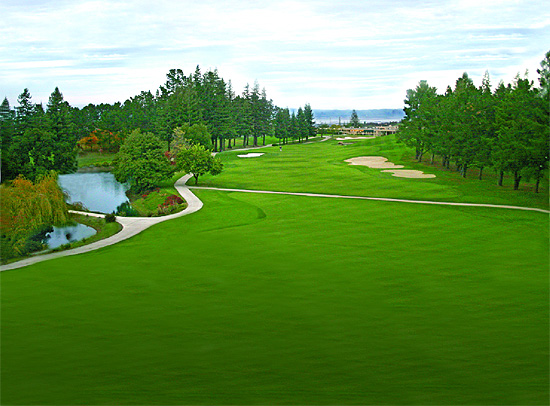Continuing with our series from The Itinerant Golfer’s quest to play all top 100 American golf courses, The Scratch Pad is glad to bring you a profile of the 55th rated golf course in America, Garden City G.C, New York.

Architect: Devereux Emmet
Year: 1899
315 Stewart Avenue , Garden City, New York 11530
(516) 746-8360
– driving range available
– walking only
– caddies available
Today I’ll be playing at Garden City Golf Club. Garden City is just a little over 20 miles from LaGuardia, but the route is mostly through business and residential areas so it was a good 35-40 minutes before I pulled into town.
Once I pulled up to the club and parked I did something that I’ve never done before at any other golf club I’ve visited. I stepped out of my car and put on my blue blazer. Upon arrival at Garden City Golf Club all members and guests must be wearing a jacket and leather shoes. Having a jacket rule for entrance to the clubhouse during evening hours is not uncommon, but I’m not aware of any other club in the U.S. where it is a requirement all day long. Since I would be wearing a jacket I also wore long pants to complete the ensemble and brought my golf shorts in a bag so I could change in the locker room. I found it rather humorous how easy it was to tell the difference between the members and the guests. The guests seemed to have all arrived like me, wearing slacks to go with their jackets. The members, on the other hand, were clearly more comfortable with this unique piece of club culture and were walking around in their jackets with short pants and loafers. I loved it!
Garden City Golf Club was founded in 1899 and throughout its 111 year history has always been a golf club exclusively for men. The course was originally designed by Devereux Emmet, and then redesigned in the 1900s by the great amateur golfer Walter Travis. Travis was a founding member of Garden City Golf Club and in addition to having a hand in the design of the course he is very much a large part of the club’s history. There is a wonderful biography about this great golfer entitled The Old Man. If you are interested you can pick up a copy here.
As you would expect of a club established in the 19th century, Garden City Golf Club has a rich tournament history having been host to six events put on by the U.S.G.A. There was the 1902 U.S. Open, the U.S. Amateur in 1900, 1908, 1913 and 1936 and finally the Walker Cup in 1924. These days the only event held at Garden City Golf Club is the Travis Invitational which is one of the premier Mid-Amateur events in the U.S.
We elected to play the Championship tees which play to a par of 73 and a yardage of 6,911. Although this is the longest tee option on the scorecard, players who want to stretch it all the way out can move back and play the plates which give just a little bit more added length.
The photo below was taken on the first tee which is a friendly starting hole of a mere 302 yards with a par of 4. Bombing driver is an option, but I think the smarter play is a nice little 200 yard shot to the left side of the fairway.
The fairway on the first hole is a split fairway of sorts. If hitting a shorter shot the line is to take it down the left hand side. You can see the ball lying there in the fairway in the photos below. If hitting driver its better to play to the right side of the hole and have you ball land in the other part of the fairway. David hit driver here and you can see him in the white shirt up around the green. That is near where his ball landed.
The 2nd hole is a par 3 that plays 137 yards over a small valley. There are plenty of bunkers and long grass to cause problems for tee shots that come up short. The photo below was taken from the green looking back towards the tee box. This is the only par 3 on the the first nine holes.

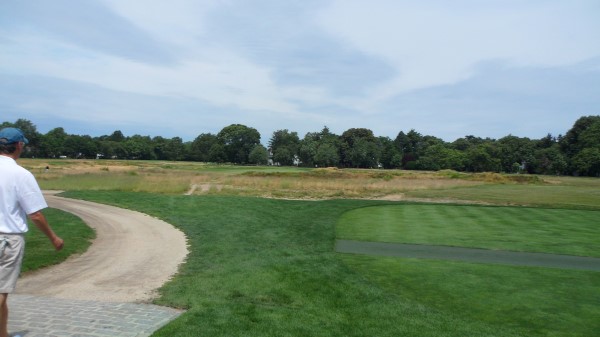
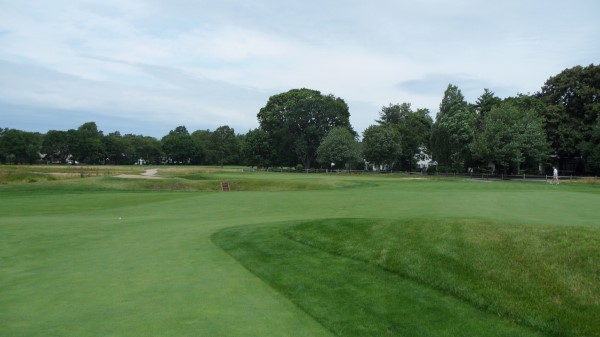
 Architect: C.B. MacDonald / Seth Raynor
Architect: C.B. MacDonald / Seth Raynor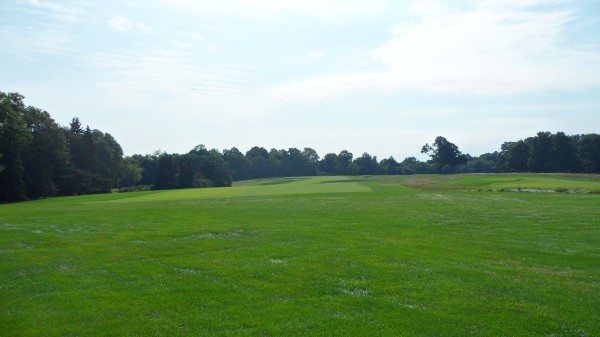
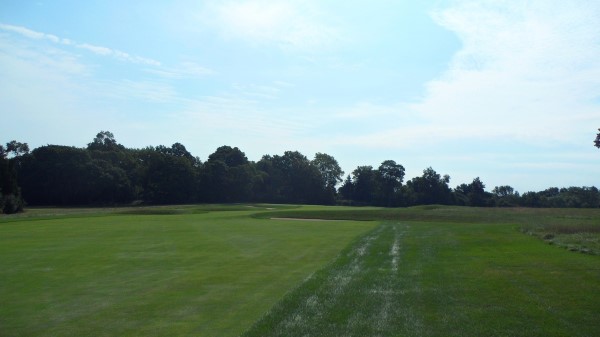
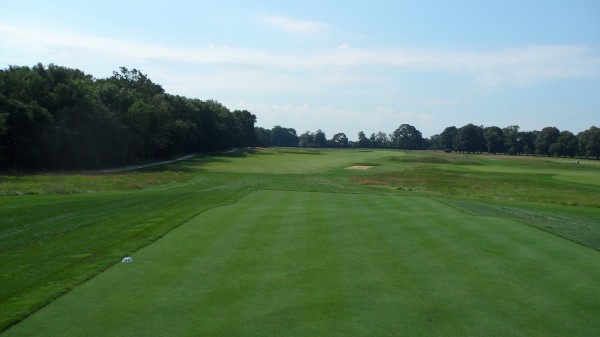

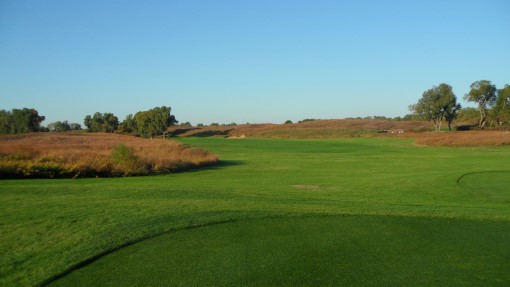
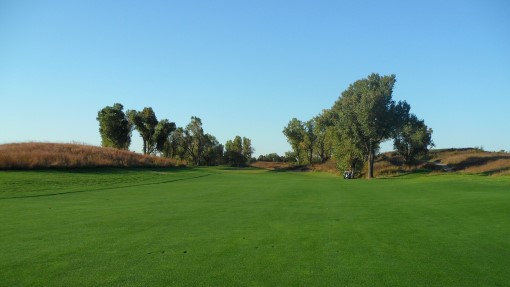
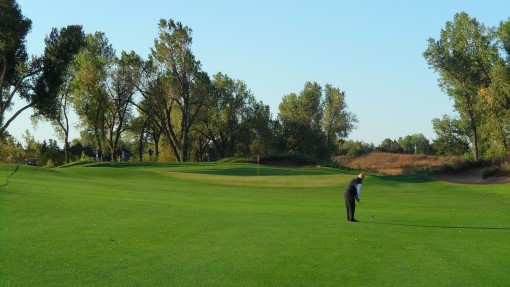
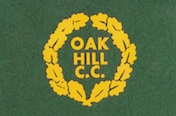
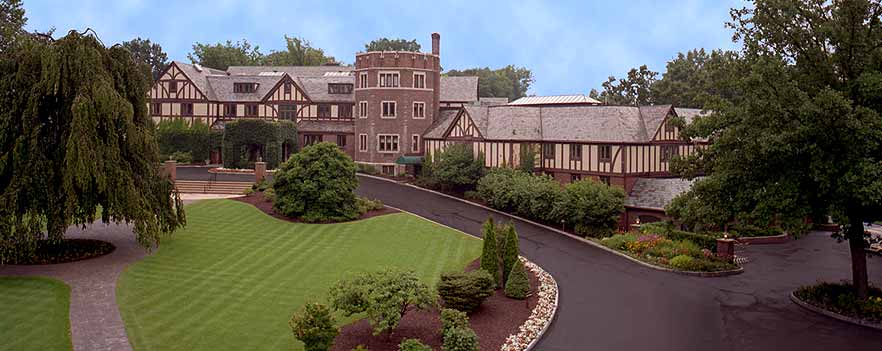
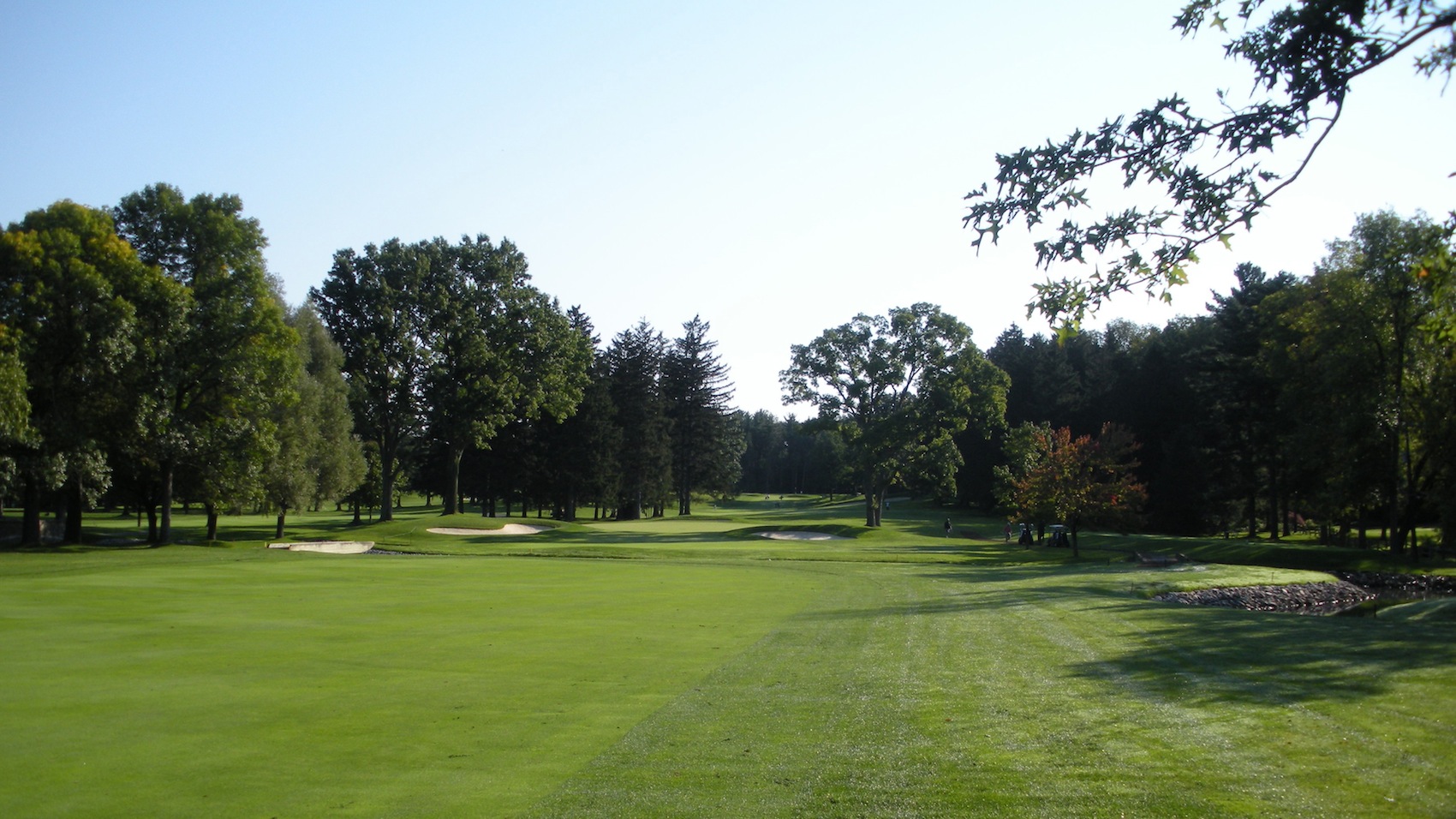
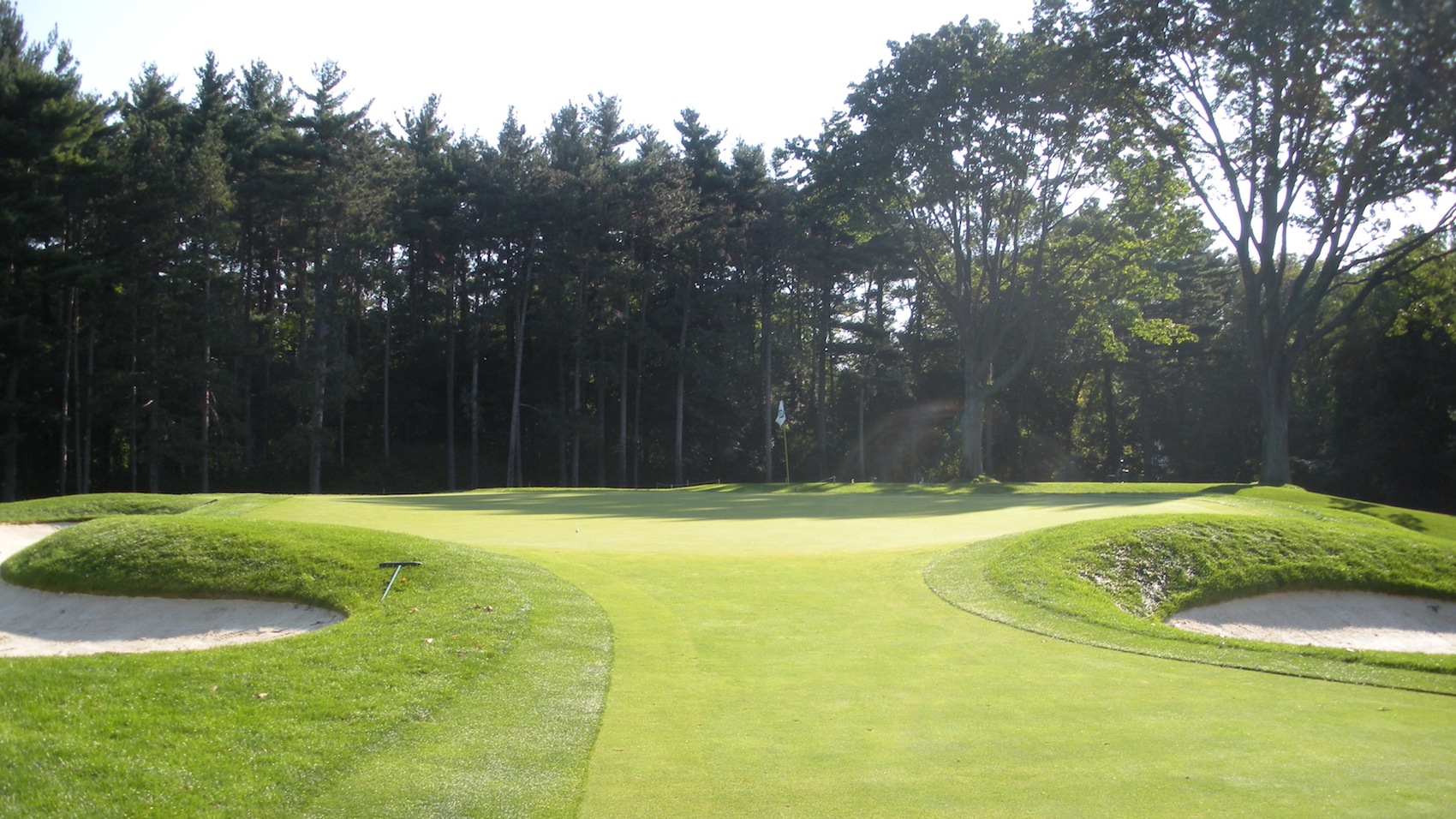

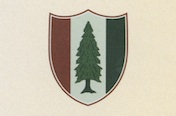 It was surprising to me in the weeks leading up to my trip to
It was surprising to me in the weeks leading up to my trip to 
